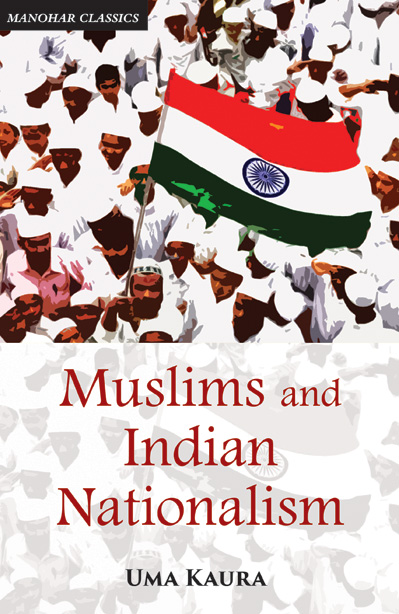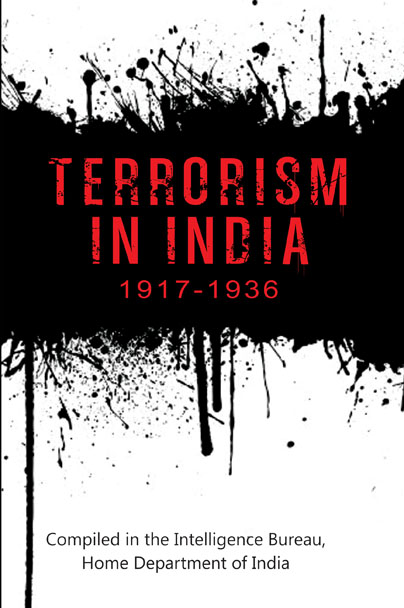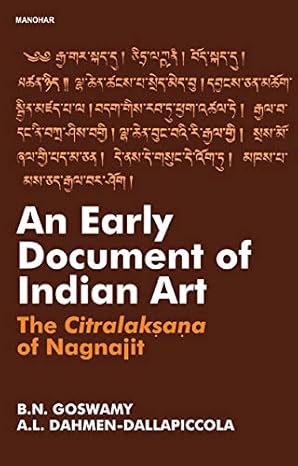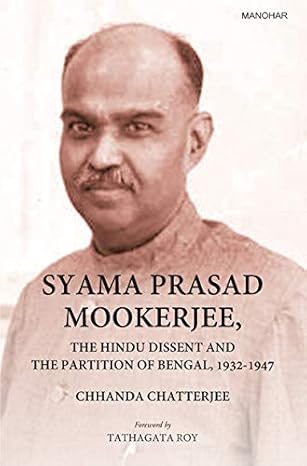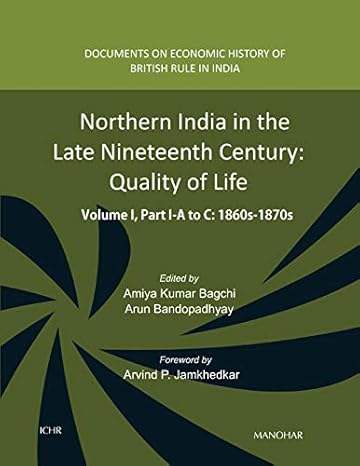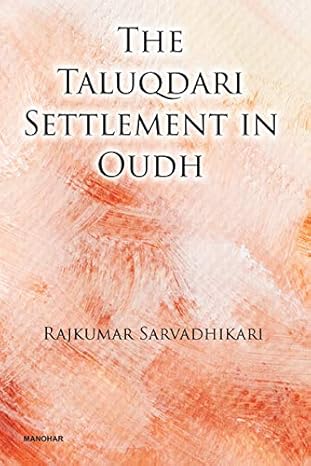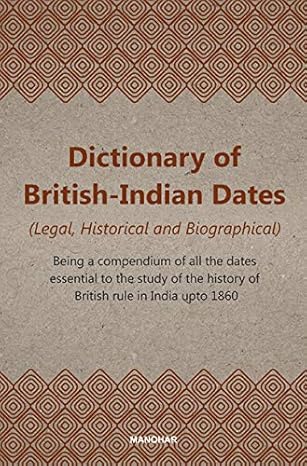History
Featured Products
Muslims and Indian Nationalism: The Emergence of the Demand for India's Partition 1928-1940
₹829.50
M.R.P.:₹ 1,050.00
You Save: ₹220.50 (21.00% OFF)
Terrorism in India 1917-1936: Compiled in the Intelligence Bureau, Home Department, Government of India
₹1,015.75
M.R.P.:₹ 1,195.00
You Save: ₹179.25 (15.00% OFF)
An Early Document of Indian Art: The Citralaksana of Nagnajit
₹698.10
M.R.P.:₹ 895.00
You Save: ₹196.90 (22.00% OFF)
Nepalis Inside and Outside Nepal (Volume 1)
₹1,315.60
M.R.P.:₹ 1,495.00
You Save: ₹179.40 (12.00% OFF)
Syama Prasad Mookerjee, The Hindu Dissent and the Partition of Bengal, 1932-1947
₹1,634.10
M.R.P.:₹ 2,095.00
You Save: ₹460.90 (22.00% OFF)
Northern India in the Late Nineteenth Century: Quality of Life, Volume I, Part I (A, B & C) 1860s-1870s
₹6,375.00
M.R.P.:₹ 8,500.00
You Save: ₹2,125.00 (25.00% OFF)
Revenue System in Post-Maurya and Gupta Times
₹845.75
M.R.P.:₹ 995.00
You Save: ₹149.25 (15.00% OFF)
Drink of Immortality: Essays on Distillation and Alcohol Use in Ancient India
₹1,196.00
M.R.P.:₹ 1,495.00
You Save: ₹299.00 (20.00% OFF)
Dictionary of British-Indian Dates (Legal, Historical and Biographical): Being a compendium of all the dates essential to the study of the history of British rule in India upto 1860
₹671.25
M.R.P.:₹ 895.00
You Save: ₹223.75 (25.00% OFF)


